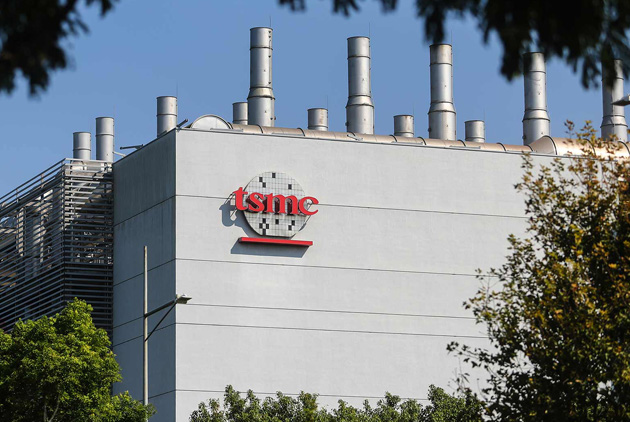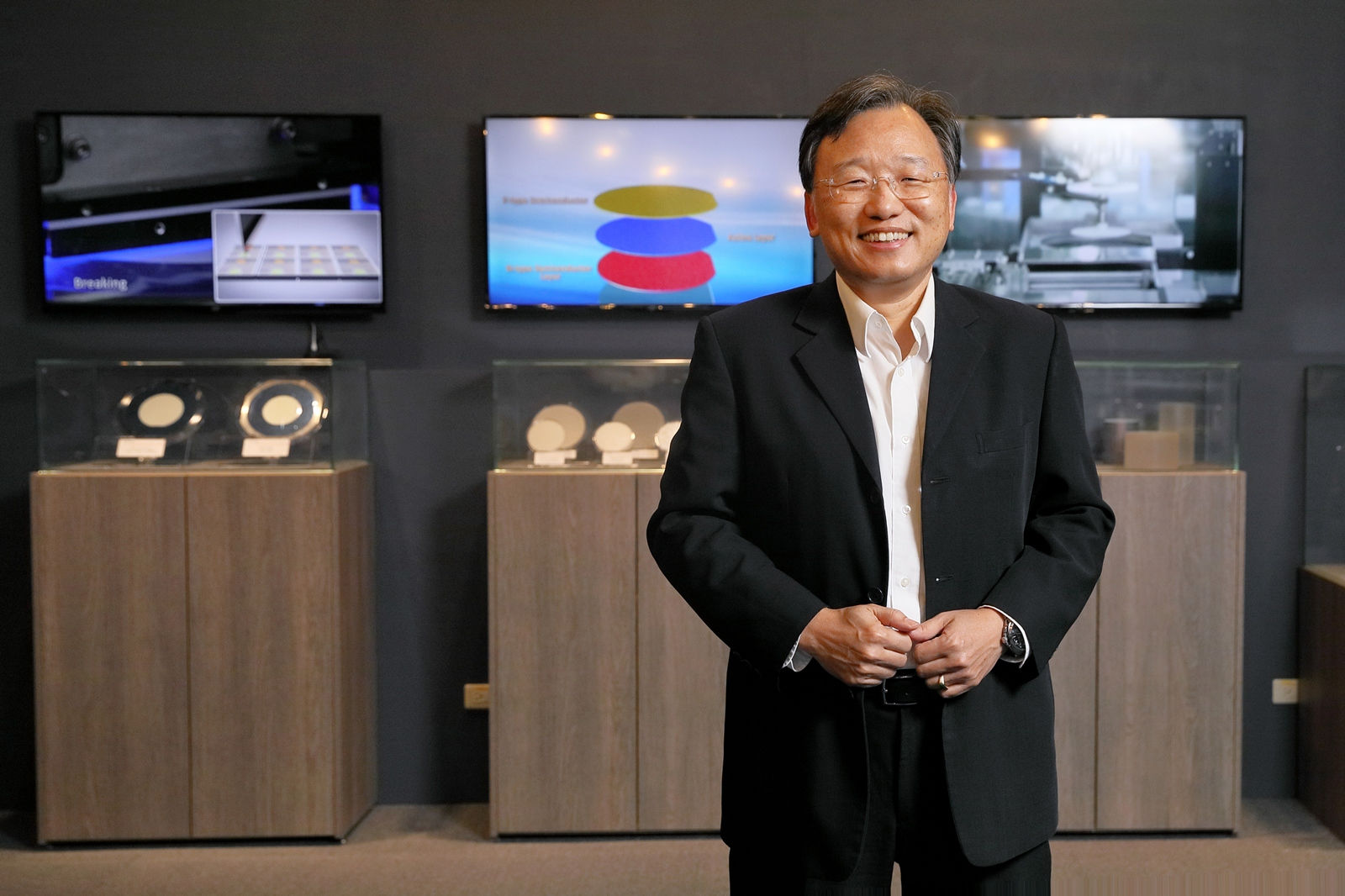Lack of charger with iPhone 12 drives TSMC to outsourcing

Source:Shutterstock
Why is TSMC taking the unprecedented step of outsourcing production processes to an LED manufacturer? The answer lies in gallium nitride rapid charging, poised to explode next year.
Views
Lack of charger with iPhone 12 drives TSMC to outsourcing
By Elaine Huangweb only
Apple fans opening up the packaging of their new hot-selling iPhone 12 will discover that not only are no earbuds included, neither does it contain a USB charger.
Apple announced that this is due to environmental concerns. And a recent internal communication leak revealed that Samsung plans to follow suit, not including chargers with new Galaxy smartphones released from January 2021.
Starting next year, over 100 million free charging units will disappear from the global market. The resulting “butterfly effect” will be the acceleration of the distribution of chargers made from expensive and rare semiconductor materials.
“With Apple taking the lead and Samsung following suit, no longer giving away (chargers), everybody has no option but to head to a store to purchase one. They’ll end up buying more expensive, quicker, smaller chargers,” predicts one securities analyst.
Small, low power-consumption gallium nitride chargers to gain wide usage
Inside a typical smartphone accessory shop, you will find the increasing visibility of gallium nitride (GaN) rapid chargers, and accompanying claims of charging times less than half of those for genuine Apple chargers. Brands include U.S.-based Aukey and Xiaomi of China.
Chang Ming-chieh, lead economist for Fulagai (HK) Equity Fund Limited, calculates that, including leading charger brand Anker, 30 different manufacturers have at least 66 gallium nitride chargers on the market.
“Next year rapid chargers could surge to several tens of millions of units per month, as heaps of people around the world jump in,” predicts one unnamed semiconductor industry executive.
Most of them are equipped with gallium nitride power chips from U.S. startup company Navitas, which are manufactured by Taiwan Semiconductor (TSMC).
Gallium nitride is currently the hottest third-generation semiconductor material. It offers the advantages of high energy conversion efficiency, low power consumption, and compactness.
One unnamed semiconductor industry executive relates that currently TSMC is producing gallium nitride-on-silicon (GaN-on-si) chips at a six-inch wafer fab. However, Apple and Samsung’s decisions not to include chargers with new phones has set off a GaN rapid charger craze, unexpectedly forcing TSMC - having already reached the limits of its production capacity - to outsource production to LED maker Epistar, leaks have revealed.
Apple is set to release its own GaN rapid charging in 2021, which is also driven by a Navitas power chip. However, given TSMC’s limited epitaxy process capacity, he foresees TSMC outsourcing orders for gallium nitride epitaxial chips to Epistar.
TSMC’s turn to Epistar seen as logical outcome
This news seems incredible at first; TSMC taking the unheard-of step to outsource production, and to an LED manufacturer at that. One unnamed former TSMC manufacturing executive explains that what the “outsourcing of silicon chips to Epistar” really means is that TSMC is asking Epistar to coat silicon wafers with gallium nitride. “Then it goes back to TSMC for the production of energy management ICs for use on rapid charge smartphone chargers,” he remarks.
Epistar is Taiwan’s leading LED manufacturer. Gallium nitride started out as a critical manufacturing process for LEDs, so naturally the company has the capacity to take on orders.

“We have a formal NDA (non-disclosure agreement) in place, so we have no comment,” responds Biing-Jye Lee, Epistar’s chairman and chief strategy officer in response to questions about TSMC outsourcing to his company. Instead, all he could offer was confirmation that Epistar possesses similar technology.
Lee noted that the main characteristics of gallium nitride include superior power density, stability, head conductivity, and power transfer compared to conventional silicon base components, making it ideal as a microwave frequency booster.
It previously found most frequent application in large-scale equipment, such as 5G base station equipment, and will be incorporated in more 3C products, such as chargers, going forward.
Conventional chargers will be significantly shrunken in size as a result. “Using third-generation semiconductor materials can reduce size to probably one-third,” relates Lee, gesturing with his fingers around two inches in size.
But many people are especially curious to know when TSMC began investing in GaN manufacturing processes.
The answer goes back to 2009, when TSMC was actively working to expand beyond its core business into new green energy business, including photovoltaic cells from Motech Industries and solid state LED lighting. In fact, Tan Chang-Lin, former president of TSMC Solid State Lighting, Ltd., came to the position from Epistar. However, with the failure of both ventures, TSMC sold Solid State Lighting to Epistar in 2015.
One semiconductor industry insider that witnessed the establishment of TSMC Solid State Lighting relates that the company had 380 staff members, of whom more than 200 went over to Epistar.
“So Epistar and TSMC have a history of relations,” offered the industry insider, unsurprised at the news of TSMC outsourcing production processes to Epistar.
Have you read?
♦ TSMC Helps Water-Starved Taiwan Develop Smart Irrigation
♦ Taiwan Hardware Firm Executive: the Future is in India
♦ Taiwan Needs More than TSMC
Translated by David Thoman
Edited by TC Lin
Uploaded by Penny Chiang






